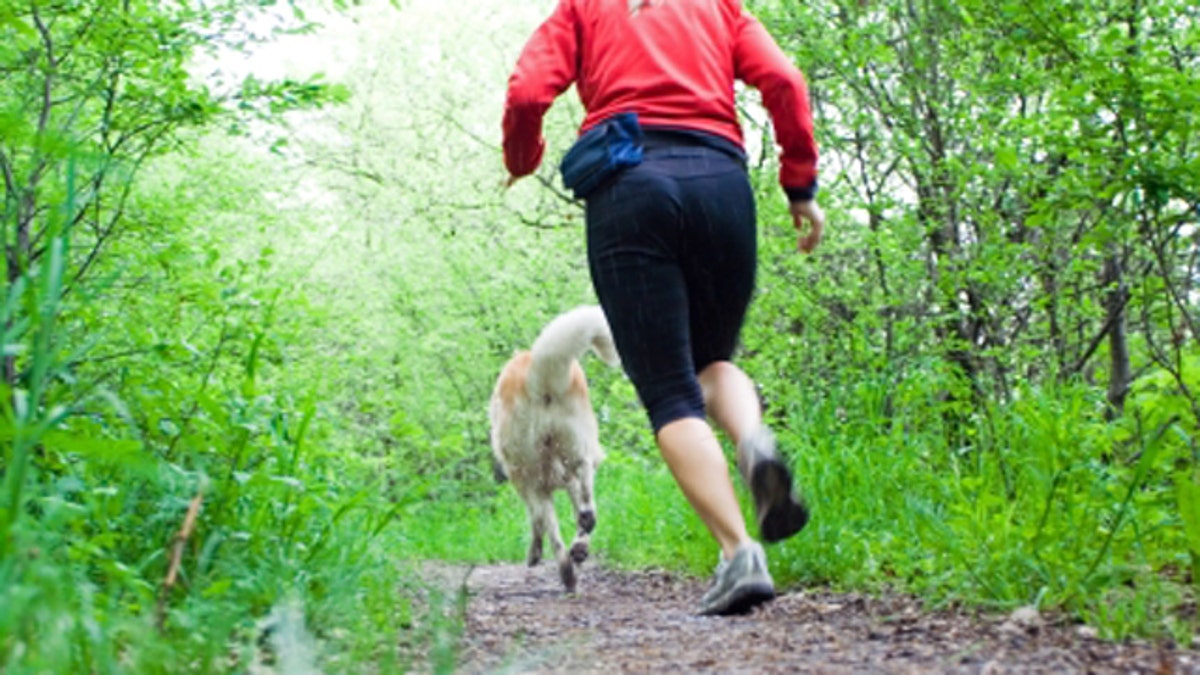
(Blazej Lyjak)
In the spring an exerciser's fancy turns to thoughts of outdoor activities.
Before attacking that Saturday softball game or weekend charity run, experts say, prepare your body for the switch.
"We really want them to train for the transition so that they don't get slammed doing a sport on the weekend they haven't prepared for," said Lashaun Dale, group fitness manager at Equinox, the national chain of luxury gyms.
Dale said circuit classes, which exercise one muscle group after another, and interval training classes, which alternate periods of high and low intensity, can fortify the foul weather body for those fair weather team sports.
"They are really great choices for weekend sport activities, because they train the body's ability to change between energy systems and to make the quick dynamic movements that so many sports require of you," Dale said.
Part of training for a specific sport, Dale he added, is counter balance and compensation.
"Train the opposite movement pattern," said Dale. "Think full range of motion and not just body part. A pitcher's arm goes back before it propels forward."
Springing suddenly into an outdoor activity after a sedentary winter is an easy way to get injured, according to Dale.
"You need to give yourself at least one to three weeks of progressive movement before you go all out."
Josh Lyon, who directs personal training at 24-Hour Fitness, an international chain of health clubs, believes in beginning with the fitness basics: cardio, strength, flexibility and alignment.
"Establish the foundational conditioning first," said Lyon. "Then see what's needed to improve performance."
Beyond understanding the general physical demands of your chosen sport, he said, consider the position you're playing.
"In football, a running back is more about speed, agility and quickness, while a lineman is more about power," he said.
Before starting a new activity, Lyon recommends four-to-six weeks of training under expert guidance.
"Nobody should expect to suddenly come up with a plan on their own," he said. "If my car breaks down I don't try to figure out what the problem is."
Samantha Clayton, an Olympic sprinter turned trainer and personal fitness coach, said in the spring her clients often turn to the many walk/run competitions that crop up like daisies.
"In order to participate, we change to more sports-specific training," said Clayton, who is based in Malibu, California. "It's almost like starting again. If you want to run better, you need to add more running into your training."
She said weekend warriors need to take their training in baby steps.
" If now you run three miles a week on treadmill and you want to run a marathon, you need to set really small increments to allow your body to build up to the additional mileage," she said.
Clayton, whose Olympic career involved the short, timed runs of a sprinter, is changing her own routine ahead of her first triathlon, a three-sport endurance event.
"I'll need to run a 3.1 mile distance. So every other day this week I get on the track and run a solid mile," she said.
Next week she'll increase the distance.
"People think if they're generally fit, they can just get on with it," she said. "But specific training is important. The only way to become a better runner is to run."
